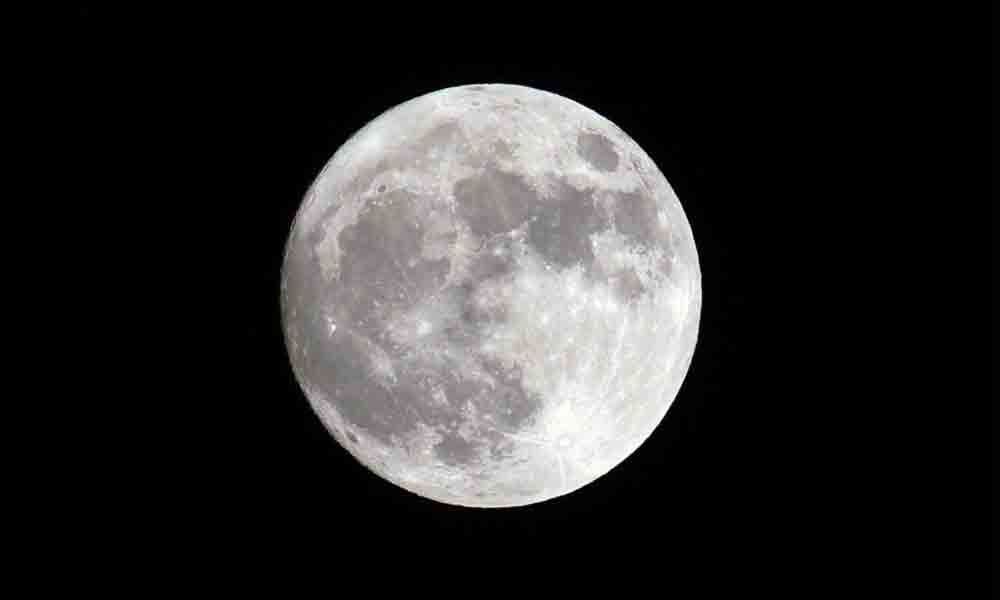Moon is much older than previously thought: Study

The Moon was formed about 50 million years after the solar system came into being, according to a study which suggests that the lunar body is significantly older than previously believed.
The Moon was formed about 50 million years after the solar system came into being, according to a study which suggests that the lunar body is significantly older than previously believed.
Earlier research had estimated the Moon to have formed approximately 150 million years after solar system's formation. The new study led by scientists at the University of Cologne in Germany found that after the formation of the solar system, 4.56 billion years ago, the Moon formed approximately 4.51 billion years ago. In the study published in Nature Geoscience journal, the scientists analysed the chemical composition of a diverse range of samples collected during the Apollo missions.
On July 21, 1969, mankind took its first steps on another celestial body. In their few hours on the lunar surface, the crew of Apollo 11 collected and brought back to Earth 21.55 kg of samples. Determining the age of the Moon is also important to understand how and at which time the Earth formed, and how it evolved at the very beginning of the solar system. The study focused on the chemical signatures of different types of lunar samples collected by the different Apollo missions.
"By comparing the relative amounts of different elements in rocks that formed at different times, it is possible to learn how each sample is related to the lunar interior and the solidification of the magma ocean," said Raul Fonseca from the University of Cologne. The Moon likely formed in the aftermath of a giant collision between a Mars-sized planetary body and the early Earth. Over time, the Moon accreted from the cloud of material blasted into Earth's orbit. The newborn Moon was covered in a magma ocean, which formed different types of rocks as it cooled.
"These rocks recorded information about the formation of the Moon, and can still be found today on the lunar surface," said Maxwell Thiemens, former University of Cologne researcher and lead author of the study. "Such observations are not possible on Earth anymore, as our planet has been geologically active over time. The Moon thus provides a unique opportunity to study planetary evolution," said Peter Sprung, co-author of the study.














